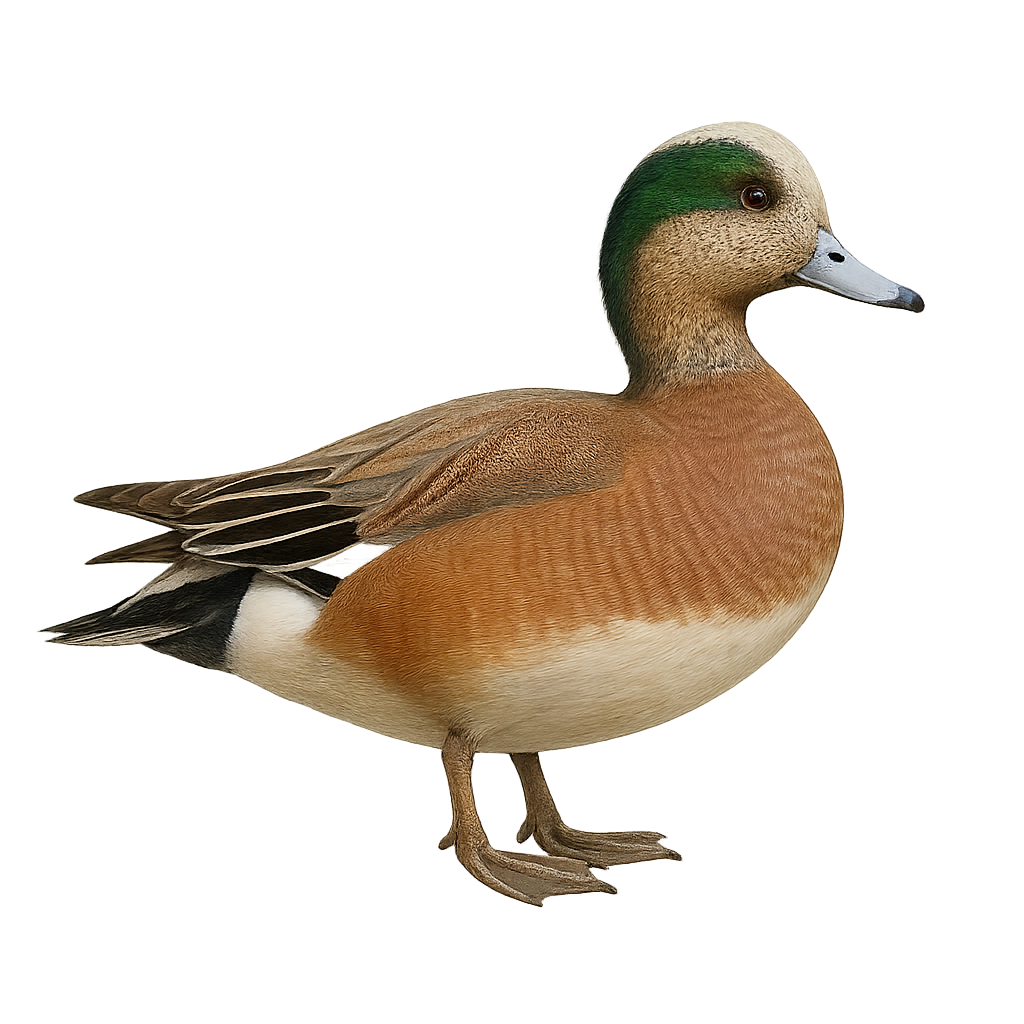Your wildlife photography guide.
Explore the american wigeon in detail, study its behavior, prepare your shots.
Where to observe and photograph the american wigeon in the wild
Learn where and when to spot the american wigeon in the wild, how to identify the species based on distinctive features, and what natural environments it inhabits. The WildlifePhotographer app offers tailored photography tips that reflect the american wigeon’s behavior, helping you capture better wildlife images. Explore the full species profile for key information including description, habitat, active periods, and approach techniques.
American Wigeon
Scientific name: Mareca americana

IUCN Status: Least Concern
Family: ANATIDAE
Group: Birds
Sensitivity to human approach: Suspicious
Minimum approach distance: 10 m
Courtship display: April to June
Incubation: 23-25 jours
Hatchings: May to July
Habitat:
Wetlands, lakes, marshes
Activity period :
Primarily active during the day, with peak activity in the morning and late afternoon.
Identification and description:
The American Wigeon, Mareca americana, is a dabbling duck species known for its striking plumage and feeding habits. The male features an iridescent green head with a distinctive white forehead stripe, while the female has a more subdued brown-gray plumage. These ducks are commonly found in wetlands, lakes, and marshes, feeding primarily on aquatic plants. They are migratory, spending summers in northern North America and wintering further south. Their flight is fast and direct, often seen in large flocks. Although generally wary, they can become accustomed to human presence in protected areas.
Recommended lens:
400mm – adjust based on distance, desired framing (portrait or habitat), and approach conditions.
Photography tips:
To photograph the American Wigeon, it is advisable to use a telephoto lens of 400mm or more to capture detailed images without disturbing them. The best opportunities arise early in the morning or late afternoon when the light is soft and the ducks are active. Look for areas where they feed or rest, and use camouflage techniques to blend into the environment. Be patient and wait for them to approach naturally.
The WildlifePhotographer App is coming soon!
Be the first to explore the best nature spots, track rutting seasons, log your observations, and observe more wildlife.
Already 1 430 wildlife lovers subscribed worldwide

